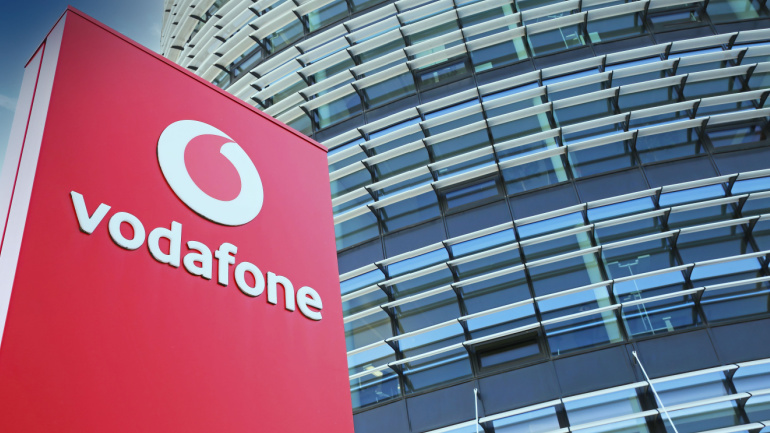MasOrange has launched Spain’s first 5G Advanced network, setting a new benchmark in telecoms. Deployed in Seville, the network uses mid and low bands, the 26 GHz spectrum, and a 3.5 GHz band, offering innovative services like 5G New Calling, enhancing connectivity and customer experience.
Vodafone introduces a groundbreaking use of drones for network infrastructure repair, leveraging Taara’s wireless optical networking technology. This drone-based solution enables Vodafone to bypass damaged network sections seamlessly.
Vodafone, AST SpaceMobile, and the University of Málaga are launching a hub to integrate satellite and terrestrial mobile broadband, bridging Europe’s digital divide. Supported by the Spanish Space Agency, the initiative fosters collaboration, enabling seamless connectivity via Vodafone’s space-to-land gateway.
MasOrange and Vodafone Spain have joined forces to create FiberCo, set to become the largest fiber network company in Europe. This joint fiber venture aims to significantly expand Spain’s FTTH network.
Zegona Communications and MasOrange have launched FibreCo, a groundbreaking venture poised to revolutionize Spain’s fibre infrastructure by potentially covering 12.2 million premises. This collaboration integrates their FTTH networks, aiming to establish the largest FTTH network in Europe.
Vodafone Spain and Telefonica have launched an ambitious FibreCo project, extending fibre networks to 3.6 million premises. With Telefonica holding a 63% stake and Vodafone 37%, this venture revolutionizes fibre access across the country.
Vodafone has strategically partnered with Digi to potentially acquire different segments of Telekom Romania Mobile. As regulatory challenges loom due to Digi’s significant market presence, the telecom giants must tread carefully.
In collaboration with the i2CAT Foundation, Vodafone is advancing an automated multi-vendor management system tailored for Open RAN. This initiative aims to streamline the integration of diverse hardware and software components from multiple vendors, a key feature of Open RAN technology.
In a surprising turn of events, Vodafone has once again declined an enhanced merger proposal from Iliad for its Italian operations, despite the latter’s efforts to sweeten the deal. Iliad had revised its initial offer, made two years ago, in December, proposing a 50:50 joint venture that valued Vodafone Italia at €10.45 billion. This arrangement would have netted Vodafone €6.5 billion in cash and a €2 billion shareholder loan, with additional cash influx opportunities through a buyout option.
Vodafone, Xiaomi, and Qualcomm Technologies Inc have achieved a pivotal breakthrough in 5G advancements. Successfully trialing an innovative 5G uplink technology, these giants have demonstrated unprecedented upload speeds, reshaping the digital landscape.













